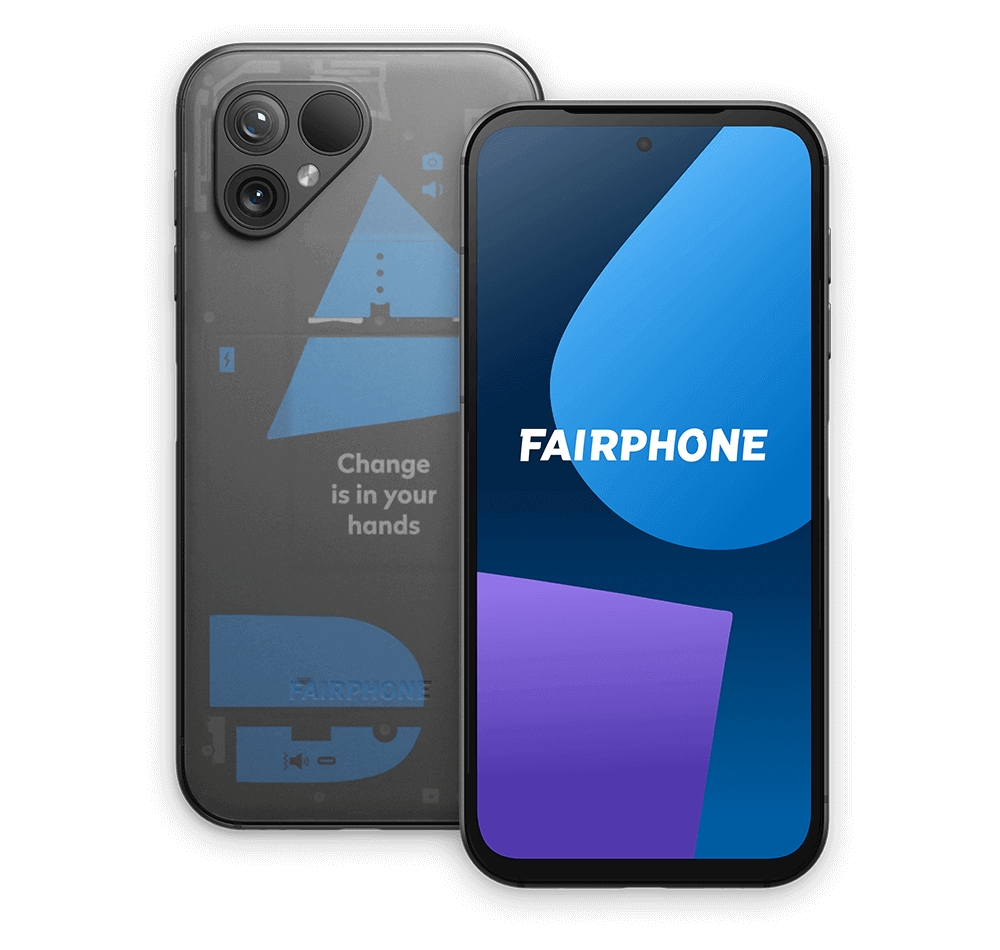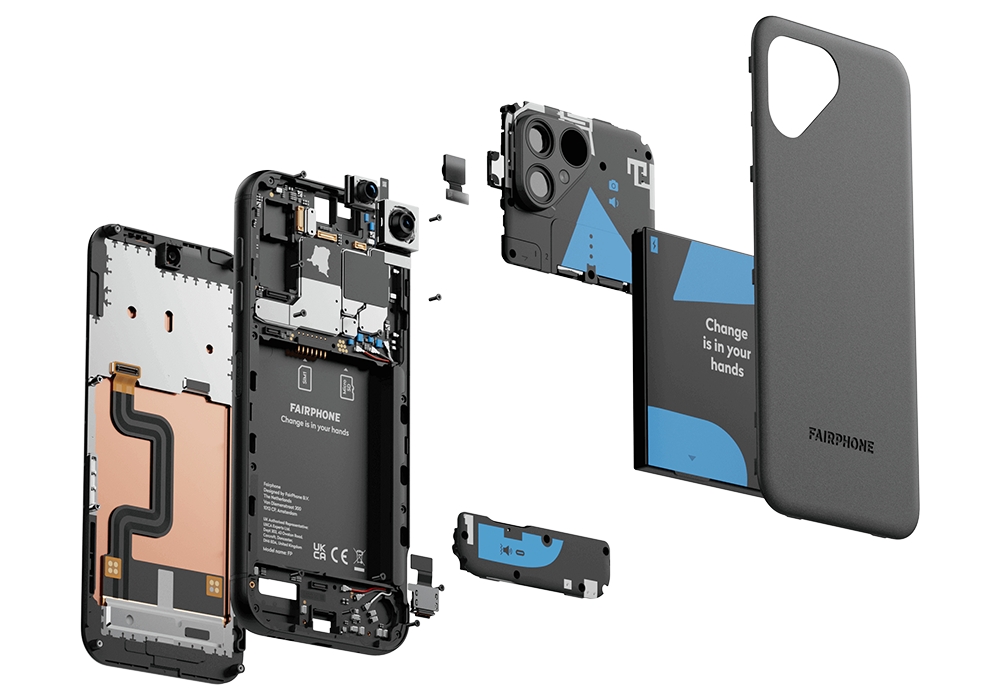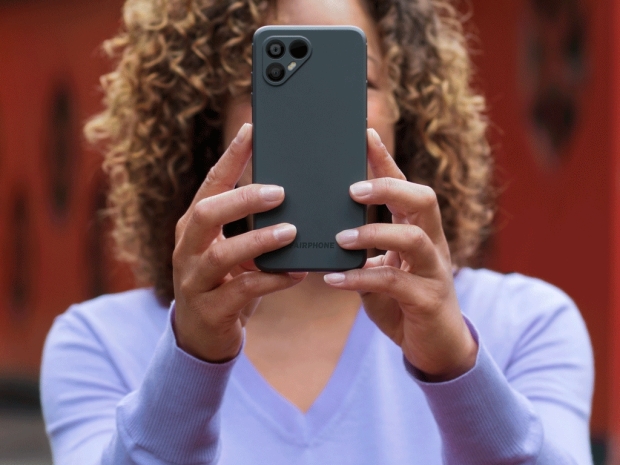Specification-wise and compared to the predecessor, the Fairphone comes with a larger 6.46-inch OLED screen with 2700x1224 resolution, 90Hz refresh rate, and a peak brightness of 880nits. It measures 162mm x 75.5mm x 10.5mm, it is IP55 certified, and the screen is protected by Gorilla Glass 5. Fairphone upgraded the camera system, so you get a 50-megapixel main camera with a Sony IMX800 sensor with 1.0µm native pixels and 4-in-1 binning, and an ultrawide one with a Sony IMX858 sensor, as well as a Time of Flight sensor. The front camera is also upgraded to a 50-megapixel one with a 1/2.76" sensor, 0,64um pixel size behind an f/2.45 lens.

Fairphone picked out the Qualcomm QCM6490 Octa-core SoC and this is a 6nm enterprise-class chip, which is how it can promise support for the next couple of years. Specification-wise, it is close to the Snapdragon 778G, with Kryo 670 cores in 1+3+4 configuration, with Kryo Gold core running at up to 2.7GHz. It also features Adreno 643 GPU, Adreno 633 VPU, Spectra 570L ISP, and Adreno 1075 DPU. Fairphone is pairing it up with 8GB of RAM and 256GB of internal storage, expandable to up to 2TB via microSD card slot.
The rest of the specifications include a 4200mAh removable battery, with 30W charging that should get you up to 50 percent in 30 minutes, all the usual connectivity, stereo speakers, Android 13 OS, dual SIM, and more.
Both the phone and the packaging are made from "fair and recycled materials", something that Fairphone is pretty proud of and keen to talk about. You can even use the box to ship your old phone to recycle it. As said, it will come with five years of warranty and eight years of software support. Spare parts should be easily replaceable with just a few hex screws.

Although a bit more expensive compared to the previous model, the Fairphone 5 is a decent upgrade and is available in Matte Black, Sky Blue, or Transparent versions, all priced at €700/£620. Currently, it is only available in Europe but more regions should eventually be available.



